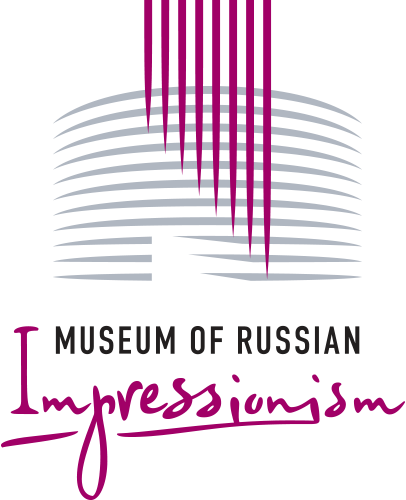Armenian Impressionism. From Moscow to Paris
25 March - 4 June
Armenian Impressionism is a colorful art movement, unfortunately unknown in Russia and abroad. The Museum of Russian Impressionism aims to illuminate both forgotten talented artists (such as Elena Kiseleva and Arnold Lakhovsky), and entire forgotten art trends. That is why it was decided to organize an exhibition "Armenian Impressionism. From Moscow to Paris"- it is an introduction of the artists and themes historically close to Russia and Russian Impressionism.
Armenian Impressionism was formed as a separate phenomenon at the turn of the 19th and 20th centuries under the influence of three main trends: French Impressionism, the Russian art school, and the traditions of Armenian art, rooted in the history of centuries.
The origins of Armenian Impressionism are in Russia, due to the annexation of Eastern Armenia to Russia in 1826-1828. The creative development of the Armenian artists of this time took place in Russian educational institutions, in an innovative artistic environment of the late 19th and early 20th centuries. In the cultural-geopolitical scheme of Europe-Russia-Armenia, Russia and Russian masters served as a conduit for the West to Armenia.
Many Armenian artists studied in Russia, first of all in the Moscow School of Painting, Sculpture and Architecture. Among them are Vahram Gayfedzhyan and Martiros Saryan. Their teachers were Vasily Polenov, Valentin Serov and Konstantin Korovin, the most prominent Russian impressionist painter. Armenian painters not only absorbed the traditions of Russian art, but also actively participated in the artistic life of Russia, arranged performances in Moscow and St. Petersburg, became exhibitors of the Association of Traveling Art Exhibitions. The friendship and close cooperation between the Armenian artists and their Russian teachers persisted for many years. In the correspondence of Russian and Armenian artists one can find their memories of each other.
At the same time, at the turn of the century, many Armenian artists lived in France and traveled around Europe. Many of the masters represented at the exhibition studied at the Rudolf Julian Academy in Paris (including Grigor Sharbabchan and Rafael Shishmanian). Some aspired to the capital of world art to study with famous painters, some craved the recognition of the European public, and others wanted to become acquainted with the masterpieces of European art that are carefully preserved in the Louvre and other museums in France. Once in the homeland of Impressionism, the Armenians formed a united diaspora. Thanks to this, artists living in emigration not only absorbed and transformed French artistic principles, but also synergistically exchanged experience.
No less important for the understanding of Armenian impressionism is the national Armenian culture, its roots and traditions. The French Impressionism palette is very close to the traditional colors of Armenia, both artistic and geographically. These bright and life-affirming colors could not be better suited for painting nature of Armenia, its green meadows, majestic mountains and flowering gardens. The beauty of the Armenian land, the traditionally respectful and admired attitude towards women, sketches of the streets of Armenian towns and villages - all this became a new source of inspiration for Armenian impressionists.
The exhibition features 57 works from the collections of the National Gallery of Armenia, the Museum of Russian Art of Yerevan (the collection of Professor A. Abrahamyan) and private collectors from Russia and Armenia. The exhibition covers the time range from 1898 to 1970.



